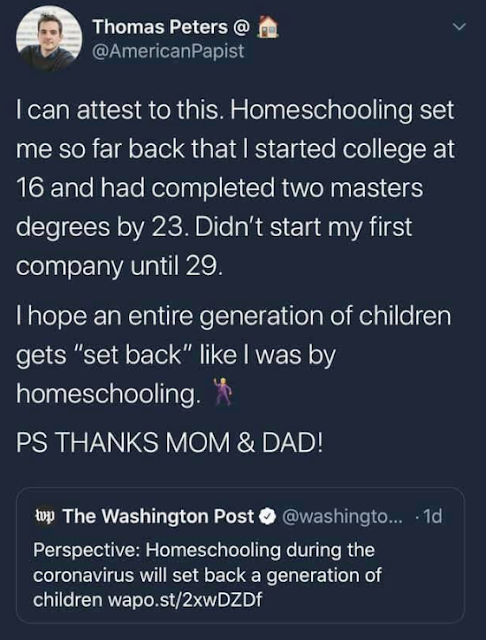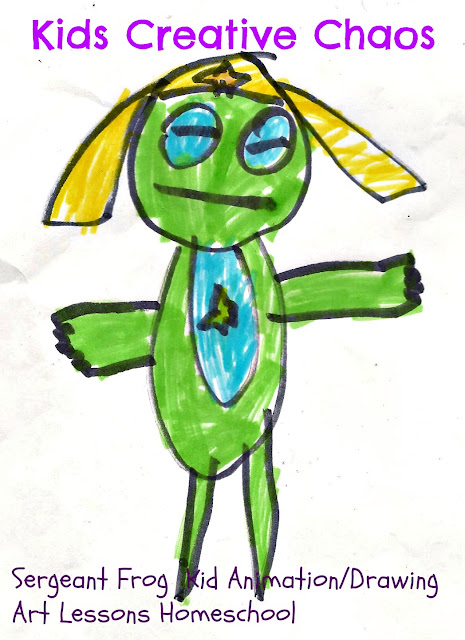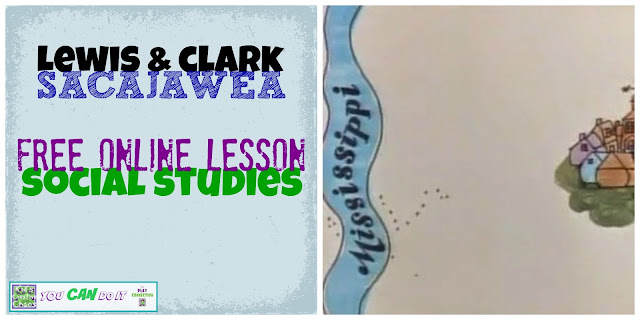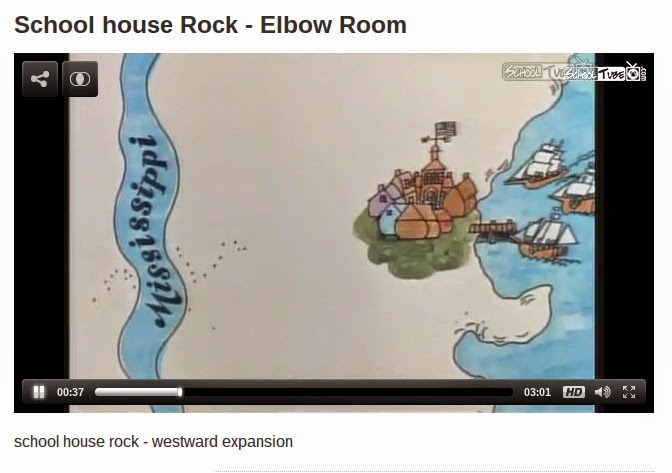School Closure Home Learning
Have you unexpectedly been tossed into the throes of homeschooling since the Corona virus pandemic? If you've suddenly had to to become the school teacher, cafeteria lady, and janitor during these school closures, you're well aware that home learning is more difficult than it looks. So, how do you do homeschooling during the coronavirus pandemic? As seasoned homeschoolers, we're here to help. Below is a list of our favorite homeschool resources and some articles specifically addressing these troubled times and how to help your kids cope. What a life lesson this is, right?
This post contains Amazon affiliate links.
For more on our personal journey scroll to the end.
Worried how school closure and remote learning will affect your child? Love them, support them, build them up, and they'll be fine. Think homeschoolers are weird? Maybe, depends on your perspective, but we're more normal than you think. We only had 7 months of brick and mortar school, but our previously homeschooled kids made the best of their first year of brick and mortar school. They miss school so much. When this is all over your kids will look forward to going to school too! I've added a photo album for our long time readers and fans. Enjoy!
 |
| I love this post! We have a similar experience. Keep scrolling to see our homeschoolers' success in public school! |
Tips for Home Learning and Coping during School Closures and Covid19
Educational Resources for Homeschooling during the Coronavirus
- Many of our older homeschool resources that target elementary students are listed in the homeschool tab on this site: Homeschool Learning Lessons for Elementary Age You can also do a search on our site for specific types of lessons like, grammar, math, and science.
- BrainPop has the most fun videos; I love them as much as my kids do. BrainPopJr. is great for the younger set. They are a paid service, but offer a free movie of the week and other free lessons.
- Life of Fred is our favorite home learning curriculum. We checked the books out at the library, that's probably not an option during these coronavirus times. You can get the Life of Fred books online at Amazon and on the Life of Fred website (Get the dolls!)
- Mobymax has free options for remote learning and homeschoolers. The great thing about this website is they find and fix learning gaps. Kids can take assessments to see where they fall and then do educational activities based on their grade level in different subjects. It's a great way to see if your child has been falling through the cracks in public school.
- TeachersPayTeachers and TeacherSherpa both offer great resources free and paid. The lesson plans are created by teachers for teachers, but homeschoolers and remote learners are welcome to download them too! Check out our store on TPT, it has some fun educational skits to do with the kids, we even have a play about the Easter Bunny!
- Khan Academy is not for the faint of heart. If you're all in to the homeschooling thing, give it a try. We used it for several years. It's a free learning resource originally targeted toward middle schoolers and high schoolers, but now offers lessons for elementary too. It feels a lot more like "real school" than some of the other online options and keeps track of your progress and grade level.
- Why not give this difficult time a fun spin? Our Summer Camp Handbook is edutainment at its best! Enjoy science experiments, PE Activities, and more disguised as fun!
- We also love CrashCourse with John and Hank Green. (Yes, that John Green!) You'll even find some of their lessons on Khan Academy. These are super fun, especially for older students.
Best Homeschool Blogs
 |
| First day of public school 2019. |
We hope these resources help ease your mind and put you on the right track for remote home learning during the Coronavirus pandemic situation. Remember, homeschooling isn't easy and not all parents nor all kids are cut out for it.
 |
| Bowling allows for socialization and physical activity. During the quarantine, bowl with your game console or set up milk jugs to knock down with a basketball. |
Do the best you can. Don't overdo it! If you take it too seriously, your kids won't enjoy it and neither will you. Make learning fun, make it light, and focus on those skills that are best learned at home: writing letters, sending emails, tying shoes, telling time, how to follow a recipe, chores (consider doing laundry a PE activity,) working on cars, putting together puzzles, dice games, Minecraft Uno or any Uno game, and anything that brings your family closer together.
 |
| Dress up day. |
Note: This past year, my kids decided to go back to public school. My 15 year-old was placed as a high learning junior taking all senior and college level courses, my 13 year-old is a well-rounded, straight A, school loving eighth grader.
In previous years, we spent a maximum of 2 hours a day on book learning. The rest of our day was focused on healthy outdoor activities, field trips to museums, special events at the library, and a local homeschool group for "socialization." Turns out, it was more than enough.
Take it easy, don't stress out, and remember that YOU CAN DO IT!
 |
| Made the grade, first semester honor roll. |
 |
| Never played football in his life. Made the team! |
 |
| Loving the school band. |
My son was looking forward to performing in the high school play, finishing building a home for Habitat for Humanity, trying out different sports and clubs, and now, that will have to wait until next year. My daughter was on an academic team, loving art club, playing in the school band, and appreciating school for its many wonderful opportunities. I took great pride and joy watching them try new things. My heart aches for their loss and for the loss of those long time public school seniors who are missing out on their last school dance, possibly graduation, and all the joys of being a high school senior. If nothing else, this experience will teach us not to take life for granted.
Never forget, no matter how stressful it gets, getting to stay home with your kids is a gift.
Good Luck, go hug your kids!




















